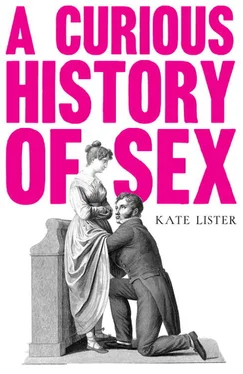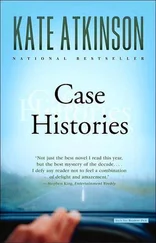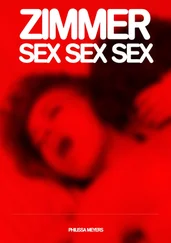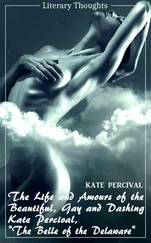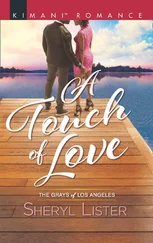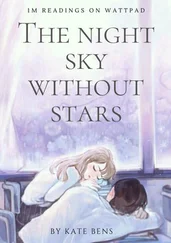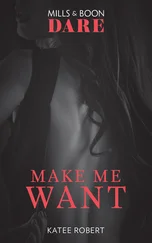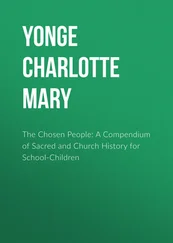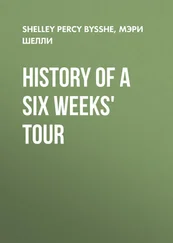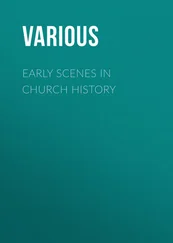Wilmot’s poem ‘Advice to a Cuntmonger’ begins as follows:
Fucksters you that would bee happy
Have a care of Cunts that Clapp yee,
Scape disease of evill Tarsehole,
Gout and Fistula in Arsehole. {30} 30 John Wilmot, Earl of Rochester, The Works of John Wilmot Earl of Rochester , ed. by Harold Love (Oxford: Oxford University Press, 1999), p. 269.
He described his attraction to a lover as ‘A touch from any part of her had done ’t, / Her hand, her foot, her very look’s a Cunt’ (1680). His 1684 play Sodom features characters such as ‘Queen Cuntigratia’ and her maid ‘Cunticula’. His ‘A Ramble in St James’s Park’ (1672) contains eight cunts as he grows increasingly jealous of his mistress’s other lovers.
When your lewd cunt came spewing home
Drenched with the seed of half the town,
My dram of sperm was supped up after
For the digestive surfeit water.
Full gorged at another time
With a vast meal of slime
Which your devouring cunt had drawn
From porters’ backs and footmen’s brawn… {31} 31 Ibid., p. 79.
It’s tempting to read Rochester’s work as a celebration of sexuality, but he directs considerable anger and hatred towards cunts and their owners. In Sodom he defines cunt as ‘Love’s common nasty sink’ and claims ‘she that hath a cunt will be a whore’. His verse is full of degrading, grotesque descriptions of diseased, balding, biting, feral cunts. In ‘A Ramble in St James’s Park’, his hatred towards the women (and genitals) he desires is projected onto the other men, whom he spurns as ‘obsequious’ ‘curs’ in their hunt for cunt.
So a proud bitch does lead about
Of humble curs the amorous rout,
Who most obsequiously do hunt
The savory scent of salt-swoln cunt. {32} 32 Ibid., p. 78.
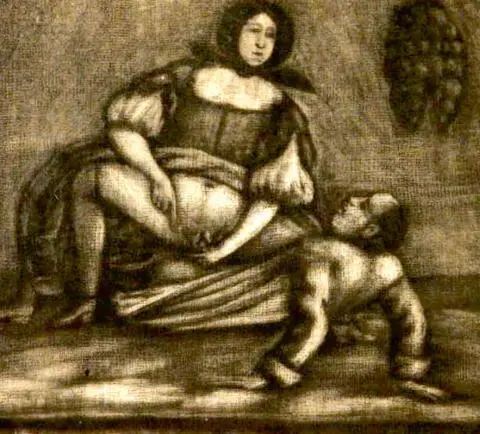
Image from The School of Venus, or the Ladies Delight , 1680.
By the seventeenth century, cunt was also being used as a derogatory synecdoche for women, especially a sexual woman – in much the same way as women can be charmingly referred to as ‘pussy’ (1699) or ‘clunge’ (2008) today. In 1665, Samuel Pepys writes about a powder that should ‘make all the cunts in town run after him’, and one 1675 ballad warns that ‘Citty Cunts are dangerous sport’. {33} 33 Samuel Pepys and Robert Latham, The Diary of Samuel Pepys , vol. 4 (Berkeley: HarperCollins, 2000), p. 209; E. J. Burford, Bawdy Verse: A Pleasant Collection (Harmondsworth: Penguin, 1982), p. 170.
By the eighteenth century, cunt was regarded as an obscene and ugly word. In his Classical Dictionary of the Vulgar Tongue (1785), Francis Grose defines cunt as ‘a nasty name for a nasty thing’, and instead employs the euphemism ‘the monosyllable’. {34} 34 Francis Grose, A Classical Dictionary of the Vulgar Tongue , 3rd edn (London: Hooper & Co., 1796), p. 81.
Such modesty from a man who lists ‘Mrs Fubb’s Parlour’, ‘Buckinger’s Boot’, ‘Scut’ and a ‘Lobster Pot’ as common synonyms for ‘a woman’s commodity’. ‘Cunny’, a derivative of cunt, and ‘quim’ come into common usage in the eighteenth century. John Cleland’s 1748 bonkbuster Fanny Hill was a completely cunt-free affair, and Cleland boasted he had written it without one rude word. The annual almanac on London sex workers, Harris’s List (1757–95) also shies away from cunt, preferring instead to use ‘mossy grot’ and ‘Venus mound’. {35} 35 Hallie Rubenhold, Harris’s List of Covent Garden Ladies (London: Doubleday, 2012), p. 11.
But one eighteenth-century author who uses cunt precisely for its shock factor was the Marquis de Sade (1740–1814). There are ‘little cunts’, ‘frigged’ cunts, ‘open cunts’, ‘pretty cunts’, ‘infamous’ cunts, ‘bloodied’ cunts, ‘fucked’, ‘licked’ and ‘rascal’ cunts. If you shake any book by Sade, a cunt will fall out; Sade is a cunt piñata. His La Philosophie dans le Boudoir (1795) includes such cunt gems as:
Next, I will lodge my prick in her anus; you will avail me of your ass, ’twill take the place of the cunt she had under my nose, and now you will have at it in the style she will have employed, her head now between your legs; I’ll suck your asshole as I have just sucked her cunt, you will discharge, so will I, and all the while my hand, embracing the dear sweet pretty little body of this charming novice, will go ahead to tickle her clitoris that she too may swoon from delight. {36} 36 Marquis de Sade, Marquis de Sade Collection , ed. by Anna Ruggieri, Kindle edition, location 8323.
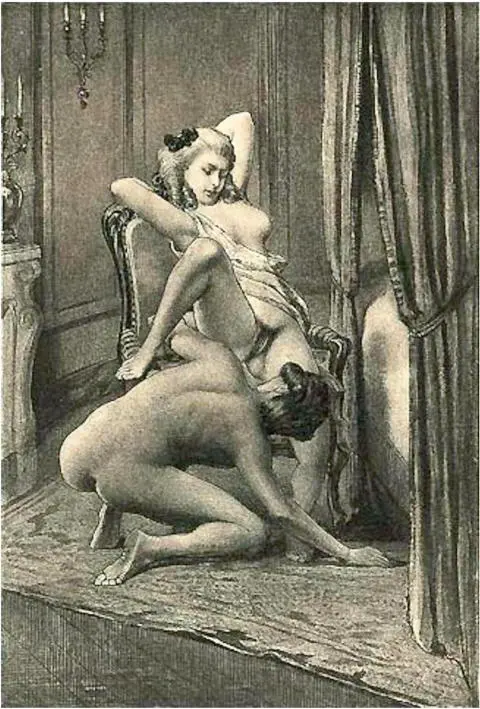
‘Les charmes de Fanny exposés’ (plate VIII) from Fanny Hill , 1766.
Sade delighted in writing the most extreme, deviant pornography and his repeated use of cunt, rather than the twee euphemisms seen in Fanny Hill , is testament to the cunt’s ascension to being regarded as the most offensive word in the Western world.
Despite their reputation for being sexually repressed, pornography flowed beneath the upper crust of Victorian prudery like the river of slime in Ghostbusters II . There is no doubt that cunt was a thoroughly obscene word. But precisely because of this, Victorian erotica is simply groaning under the weight of cunts. Erotic novels such as The Lustful Turk (1828), The Romance of Lust (1873), Early Experiences of a Young Flagellant (1876) by Rosa Coote, Miss Bellasis Birched for Thieving (1882) by Etonensis, The Autobiography of a Flea (1887) and Venus in India (1889) by ‘Captain Charles Devereaux’ are a veritable blitzkrieg of C-bombs. The Pearl was a pornographic magazine that was published in London from 1879 to 1880, when it was closed down for publishing obscene material. Most editions contained a collection of limericks, or ‘Nursery Rhymes’, that have a lot of fun with cunt.
There was a young man of Bombay,
Who fashioned a cunt out of clay,
But the heat of his prick
Turned it into a brick,
And chafed his foreskin away.
There was a young lady of Hitchin,
Who was scratching her cunt in the kitchen,
Her father said ‘Rose, It’s the crabs, I suppose’.
‘You’re right pa, the buggers are itching’. {37} 37 Anonymous, The Pearl (London, Privately printed, 1879).
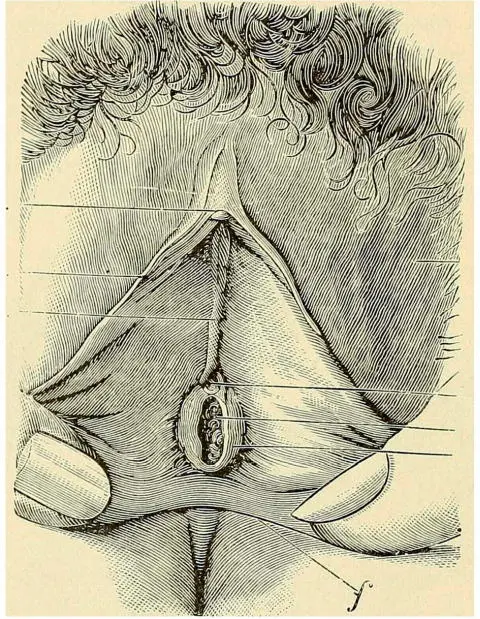
Lawson Tait, Diseases of Women and Abdominal Surgery , 1877 .
And it is in the nineteenth century that cunt starts to be used as a general term of abuse. The Oxford English Dictionary places the first known use of cunt as an insult at 1860: ‘And when they got to Charleston, they had to, as is wont/ Look around to find a chairman, and so they took a Cunt’. {38} 38 ‘Oxford English Dictionary’, Oed.Com , 2018 < http://www.oed.com/view/Entry/45874?redirectedFrom=cunt#eid > [Accessed 7 September 2018]; see also Mark E. Neely, The Abraham Lincoln Encyclopedia (New York: McGraw-Hill, 1982), p. 154.
Perhaps one of the most significant cunt moments in the twentieth century was the banning and subsequent obscenity trial of D. H. Lawrence’s Lady Chatterley’s Lover (1928), which contains fourteen cunts (and forty fucks). When Gerald Gould reviewed an edited version in 1932, he noted that ‘passages are necessarily omitted to which the author undoubtedly attached supreme psychological importance – importance so great, that he was willing to face obloquy and misunderstanding and censorship because of them’. {39} 39 Gerald Gould, ‘New Novels’, Observer , 28 February 1932, p. 6.
The book caused a sensation not only because of its graphic descriptions of sex and women’s sexual pleasure, but because it uses sex to smash down class boundaries. Sex is one of the supreme levellers, and for all her titles, money and privilege, Lady Constance Chatterley has a cunt: she is a sexual being. Sexual desire and pleasure have no understanding of the class system. Lawrence uses the word cunt throughout because it is the only word that can express the yearning, primal sexuality of Constance and subvert the pretensions of a society that viewed women as sexless wives and mothers. Lawrence’s use of cunt is shocking, but also incredibly tender and passionate; for Lawrence, cunt is a truly wonderful thing. One of the pivotal scenes in the novel is where Mellors teaches Constance the difference between cunt and fuck:
Читать дальше
